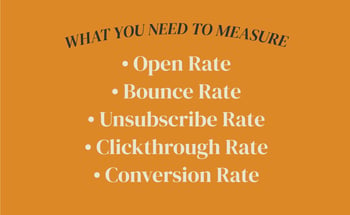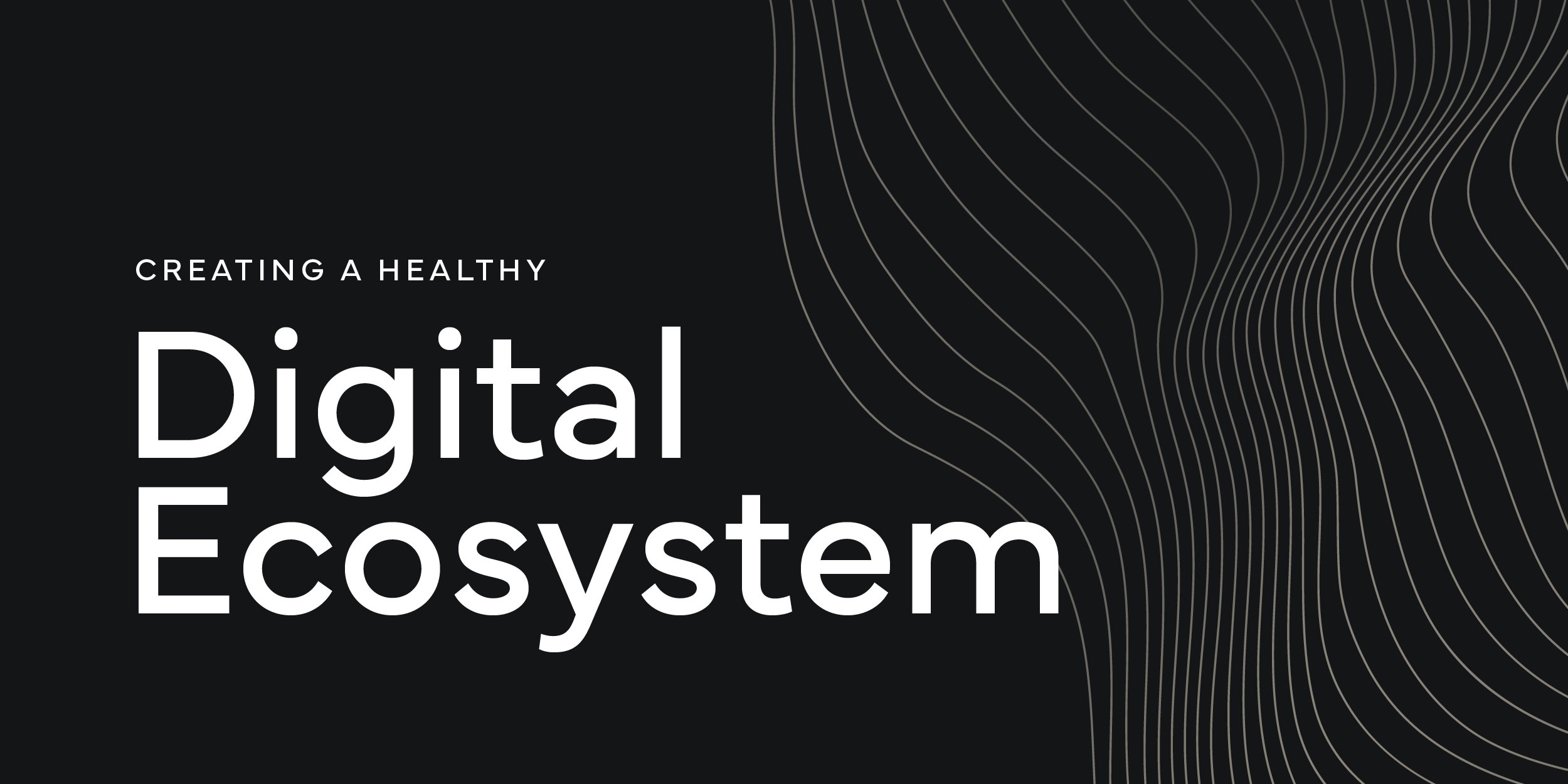BLOG Email Marketing Metrics: What to Measure and Why
Email Marketing Metrics: What to Measure and Why
POSTED BY Primitive | Mar 9, 2022

Gone are the days when email is a novelty. Not only does almost everyone you know have an email address, but most of your network also has multiple addresses. It’s one of the most common ways businesses can build a relationship with their audience, and email marketing is an essential component of any successful digital strategy.
But just because something is very common doesn’t mean that it’s consistently used well. One of the things about email marketing that is often underappreciated is the analytics that it provides. But this data is invaluable in creating emails your audience actually wants to open and read.
The Most Important Email Marketing Metrics You Need to Measure
It’s very true that practice makes perfect, but some things are so critical you don’t have time to make a ton of mistakes before you get them right. Email is one of those things. Use it in a way that your audience doesn’t appreciate and you will lose subscribers quicker than you can say “bounce rate.” To help you make sure you’re sending emails worthy of reading every time, here are some of the most important metrics you need to be tracking.
Open Rate
Ultimately, one of the most obvious metrics you need to track is whether or not people are actually opening your emails. This is known as your open rate, but it can be a pretty tricky number to calculate. Emails are considered “opened” when images are received and visible. However, many users have images disabled on their emails to save storage and load speed. This means that some users might open and read your email, but won’t be counted because they have images disabled.
This shows the importance of two things: viewing all of these metrics in combination with one another (it’s far more valuable to look at all of them than it is to focus on just one), and the importance of comparing data over time. Take a metric like open rate, that can be a bit deceiving. Instead of just saying, “Well, shoot, we had a 33% open rate today,” it’s far more helpful to say, “We had a 25% open rate last week, and it rose 8% this week. The email subject lines we have been working on have really paid off.”
Bounce Rate
Bounce rate is the percentage of emails that could not be delivered to recipients’ inboxes. These “bounces” fall into two categories: soft and hard. A soft bounce is when an email is temporarily unavailable, such as an inbox that is over storage capacity, or a problem with a recipient's server. Sometimes an email server will “hold” these emails and deliver them to your recipient, or you can try sending them again with success.
Hard bounces are when your email will never successfully be delivered. This could be because the address you have is incorrect, or it has been shut down. It’s important that you remove these hard bounces from your list because they do have an impact on the overall performance of your emails.
Unsubscribe Rate
Your unsubscribe rate is the rate of people who choose to unsubscribe from your email list after opening an email. Like your open rate, this metric isn’t 100% conclusive. Unfortunately, some of your email recipients won’t be fully engaged with your content, but also won’t take the time to unsubscribe from your list.

Like your open rate, it’s important to view this metric in light of the other email marketing measurements you’re measuring and to compare it week after week. This will give you a more clear picture of how your emails are performing and what is resonating with your audience.
Clickthrough Rate
The clickthrough rate of your emails is one of the most descriptive metrics you can measure. It tells you how engaged your email audience is, as well as how likely they are to actually click on links you are sending in your emails.
This metric also reveals how your audience feels about the information you are sending. If you notice that your audience clicks more on a link to a 20% off coupon than they do to receive a content offer, you have a clear picture of what your audience values.
Conversion Rate
Conversion rate piggybacks off of clickthrough rate: it tracks people who have clicked on a link in your emails, and then taken the desired action. For example, if someone clicks on a link to sign up for a free demo and then does sign up for the demo, that is a conversion. If you’re including a link that requires a specific action, it’s not just enough for your audience to click on the link. You need to be able to measure how often people follow through on the action you hope they will take.
Again, it’s incredibly important to view this metric both in comparison with other metrics as well as in comparison to its own performance over time.
Metrics Matter, But So Does Strategy
Measuring anything is half the battle if you want to see true progress. The other half is actually applying what you've measured and using it to make smart decisions to see progress. It’s like when you have a physical goal: whether it’s to lose weight, build muscle, or increase your squat PR, you have to first measure your progress. But then, you need to make adjustments. If I want to lift five more pounds, I don’t just take the week off. I have to take specific action steps: perhaps increasing my range of movement, or incorporating a pause before I push up from the second half of the squat. Not only does measuring specific metrics allow you to track progress, but it also allows you to make adjustments to increase that progress.
In email marketing, this could take a variety of forms. Maybe you experiment with your subject lines, use more personalization, or work on incorporating your CTA higher in your email. Maybe you notice greater open rates when your “from” address is a person’s name instead of the generic “hello” or “info.” Regardless, measuring the metrics we’ve discussed today and then combining them with an intentional strategy will help you send emails that your audience actually wants to open and read.
Emails and Your Digital Ecosystem
Like any aspect of your digital strategy, email marketing is meant to be a component working with other critical parts. On its own, strong email marketing is powerful. But when combined with international content creation, calls to action, and lead nurturing, it’s a formidable and effective way to grow your business.
Want to learn more? Grab our free ebook all about creating a healthy digital ecosystem.
SHARE THIS POST:

About the writer, Primitive
The team behind On the Dot. is made up of creatives, strategists, and developers who give a damn. At Primitive, we craft digital solutions that help businesses grow from brand to backend. Every insight we share is backed by strategy, driven by results, and built to move your business forward.
